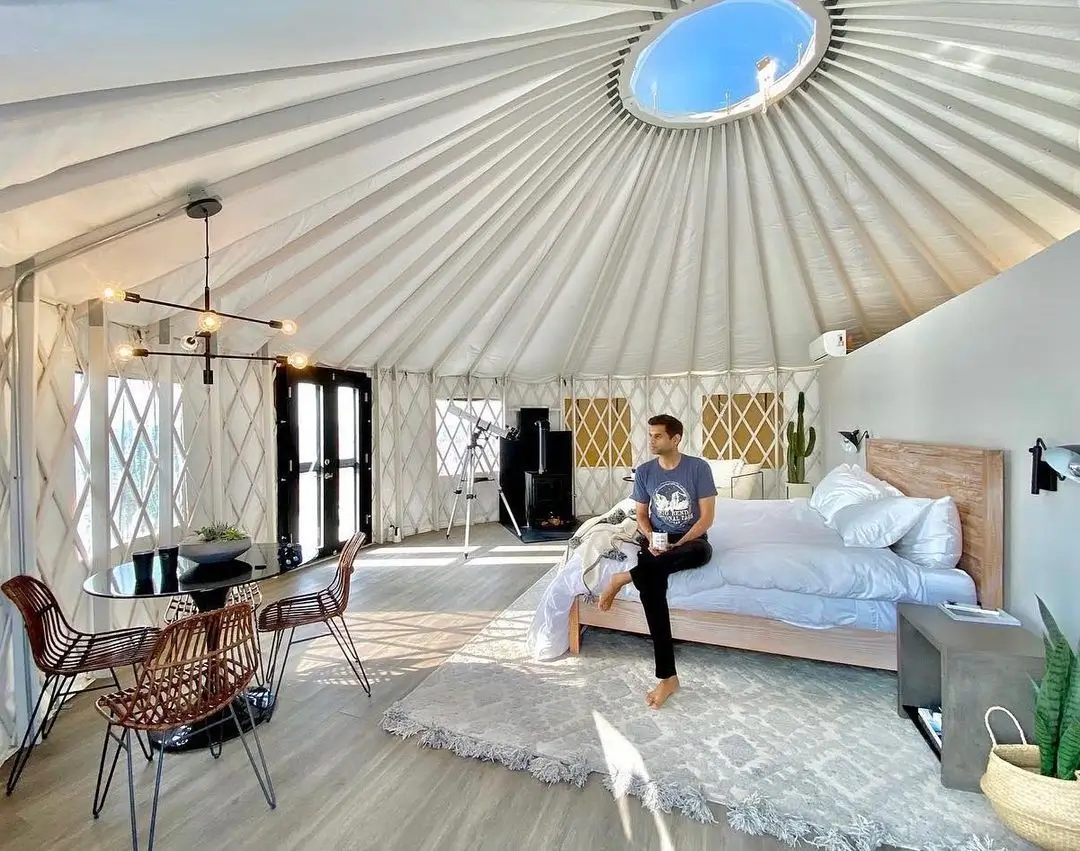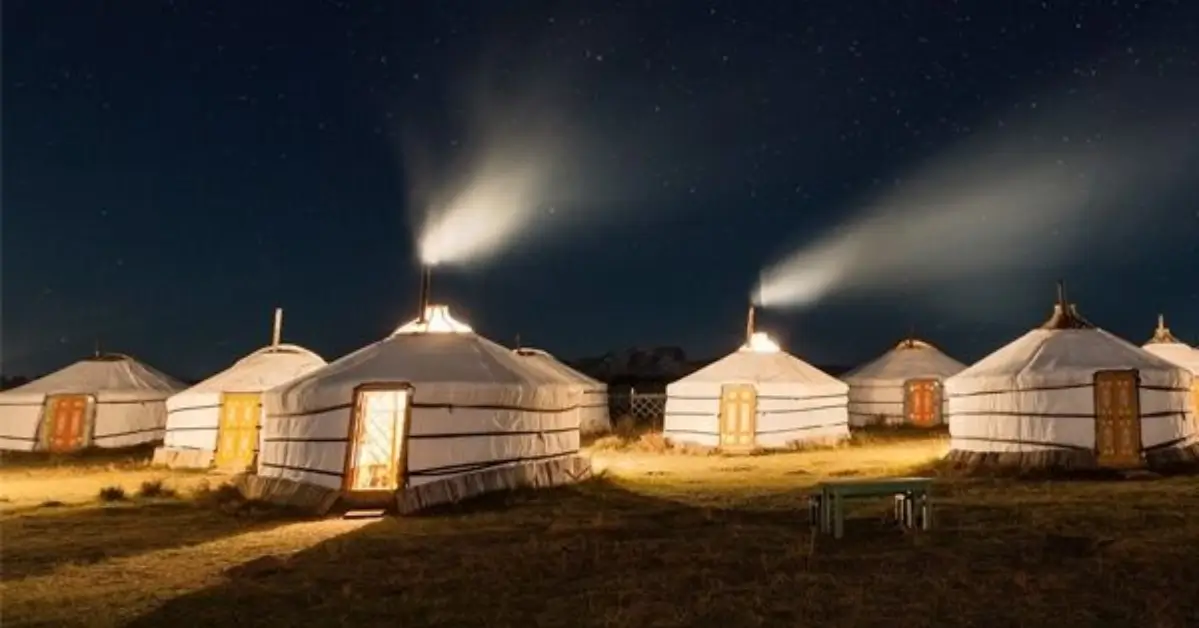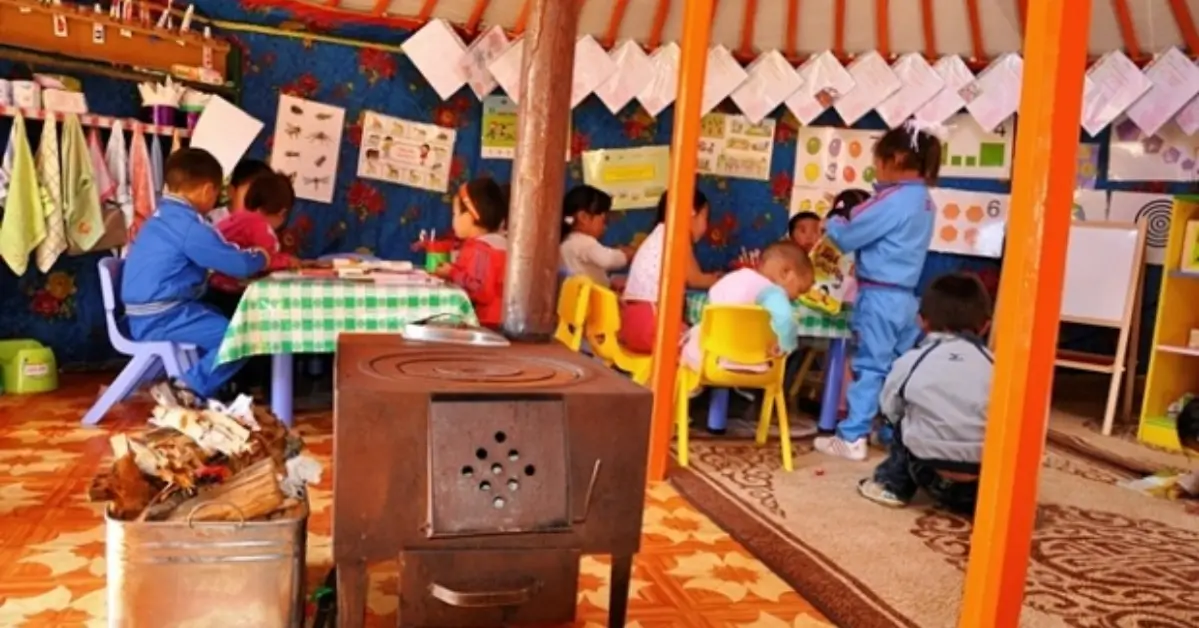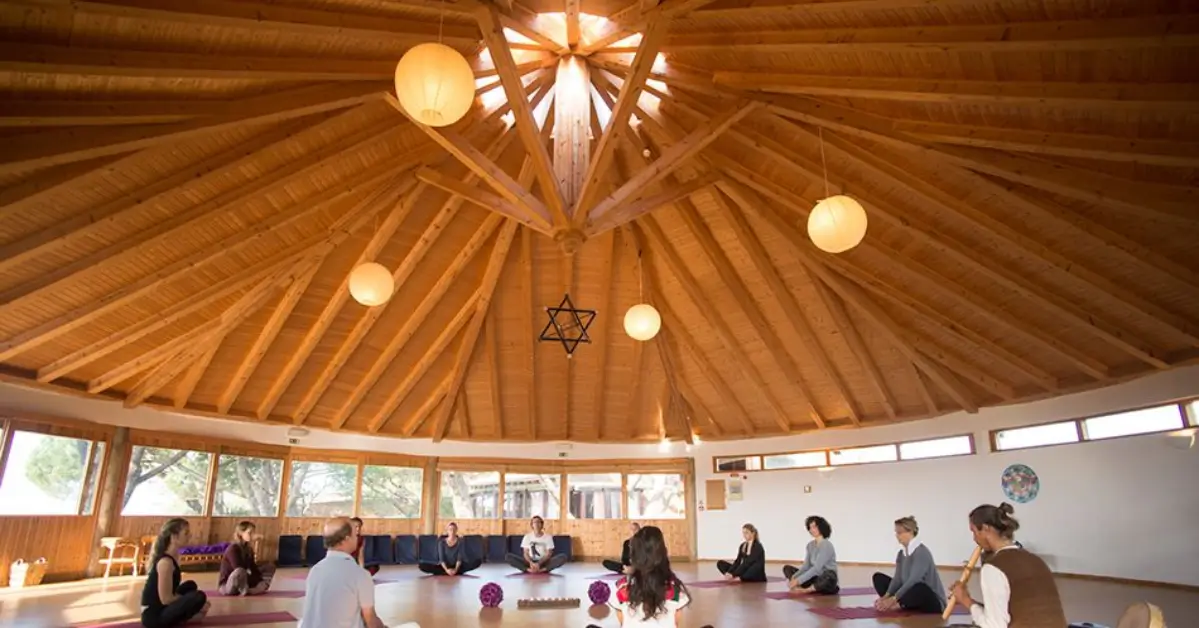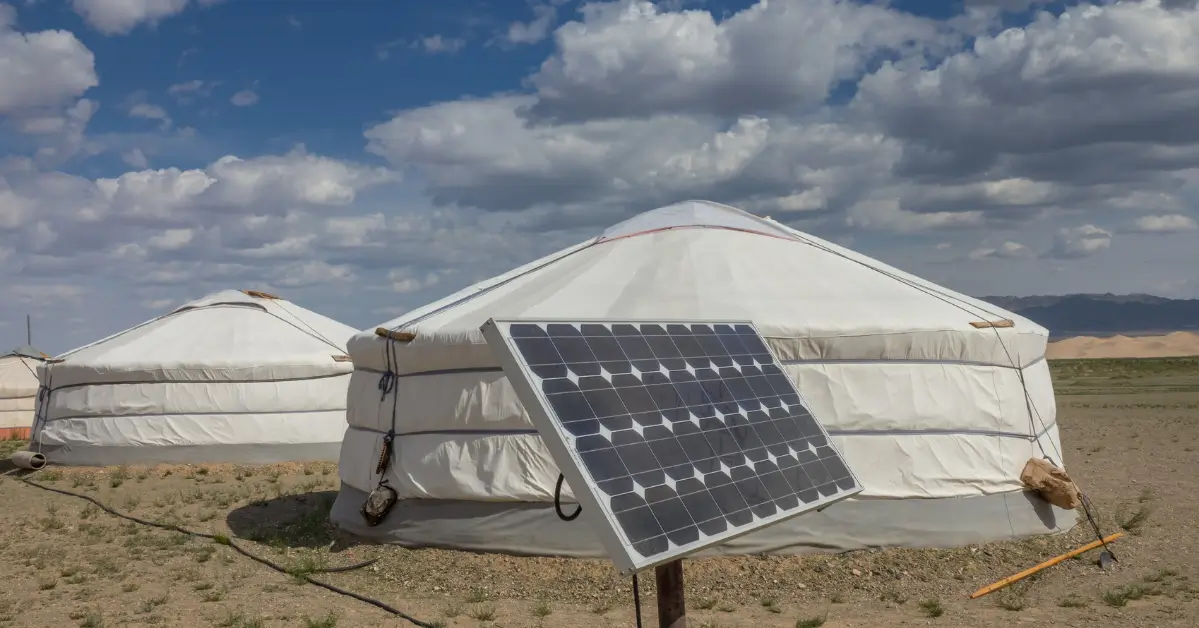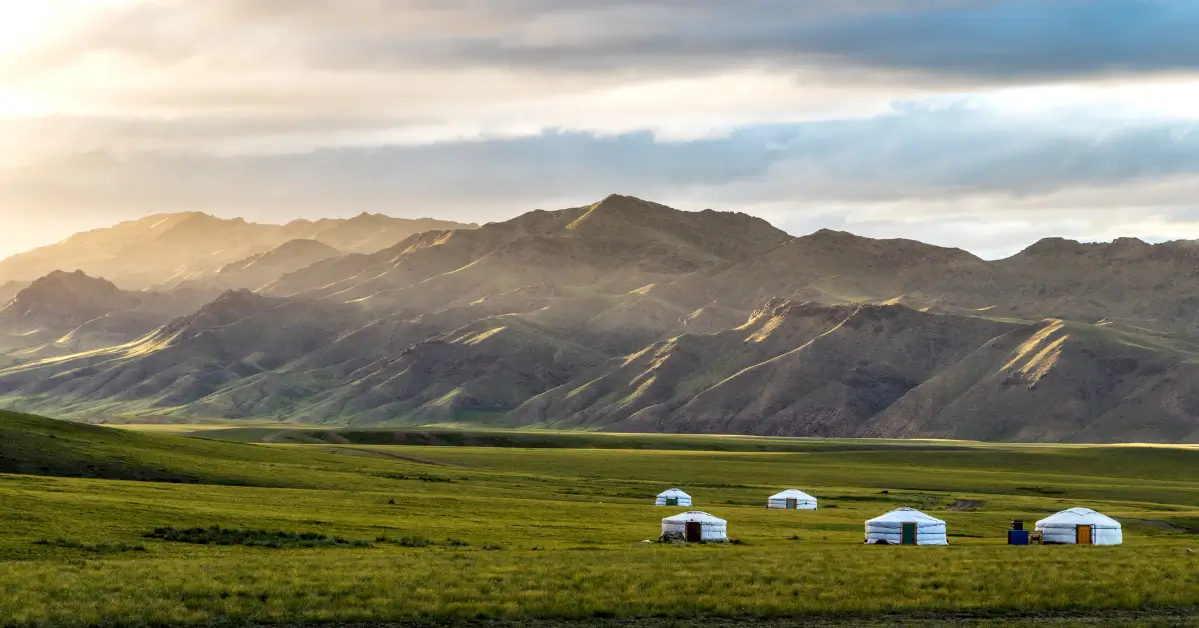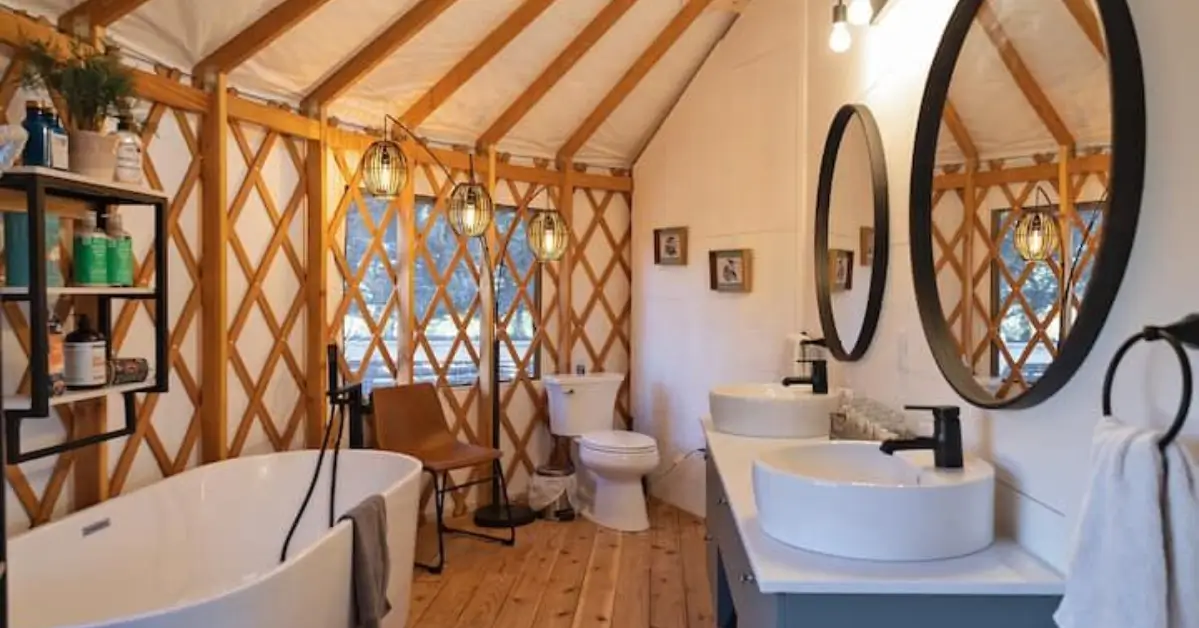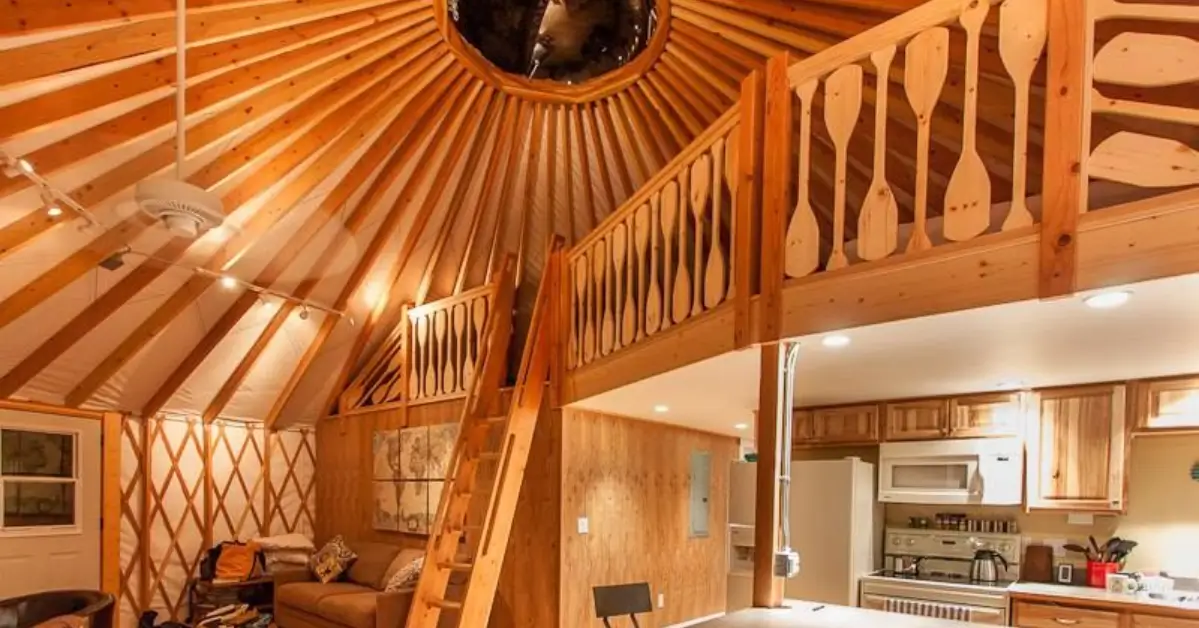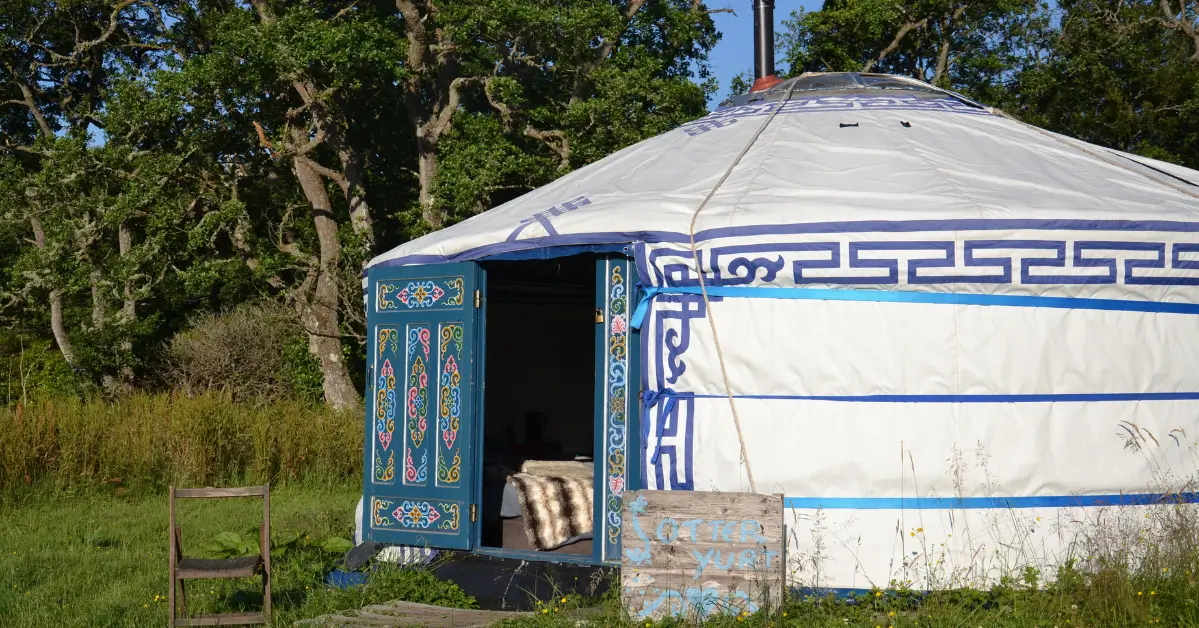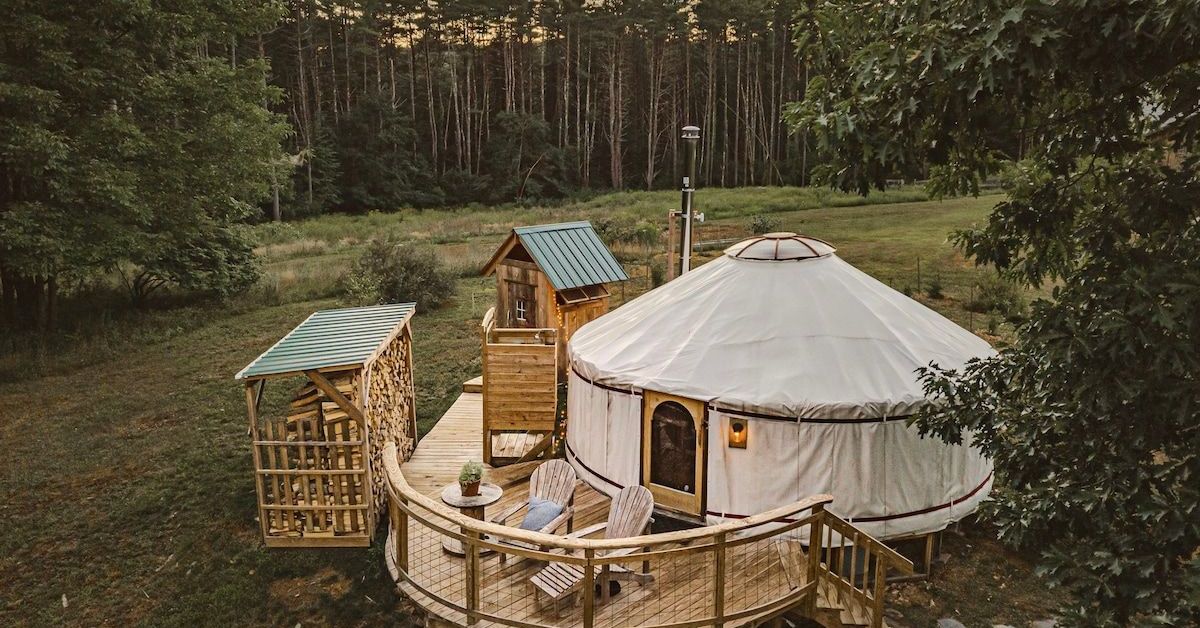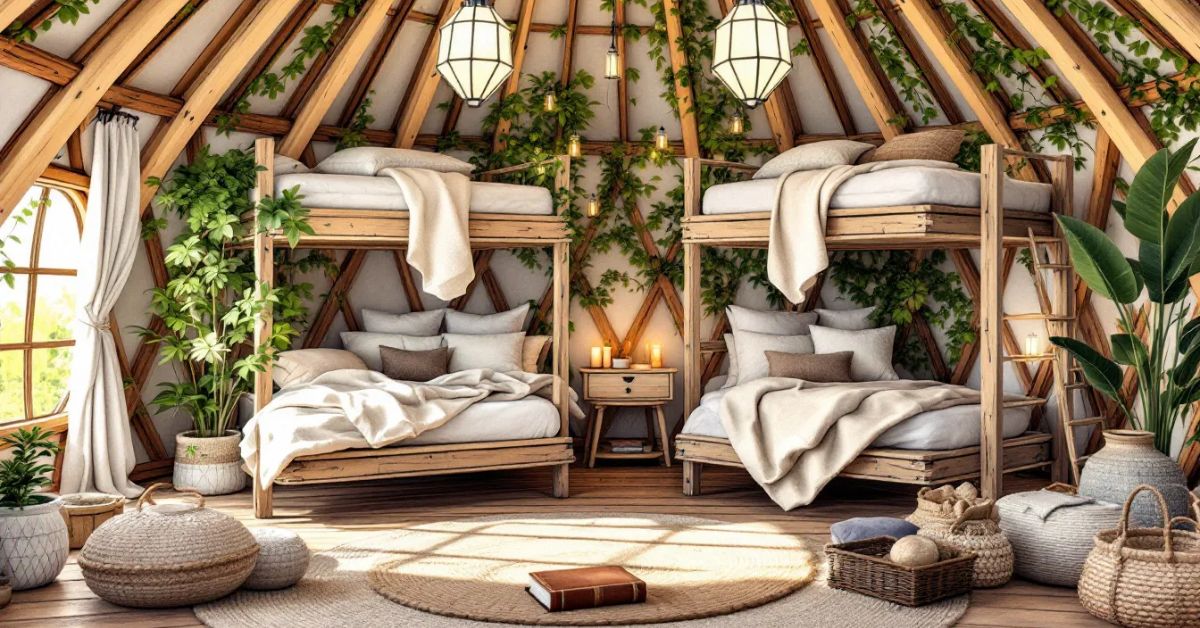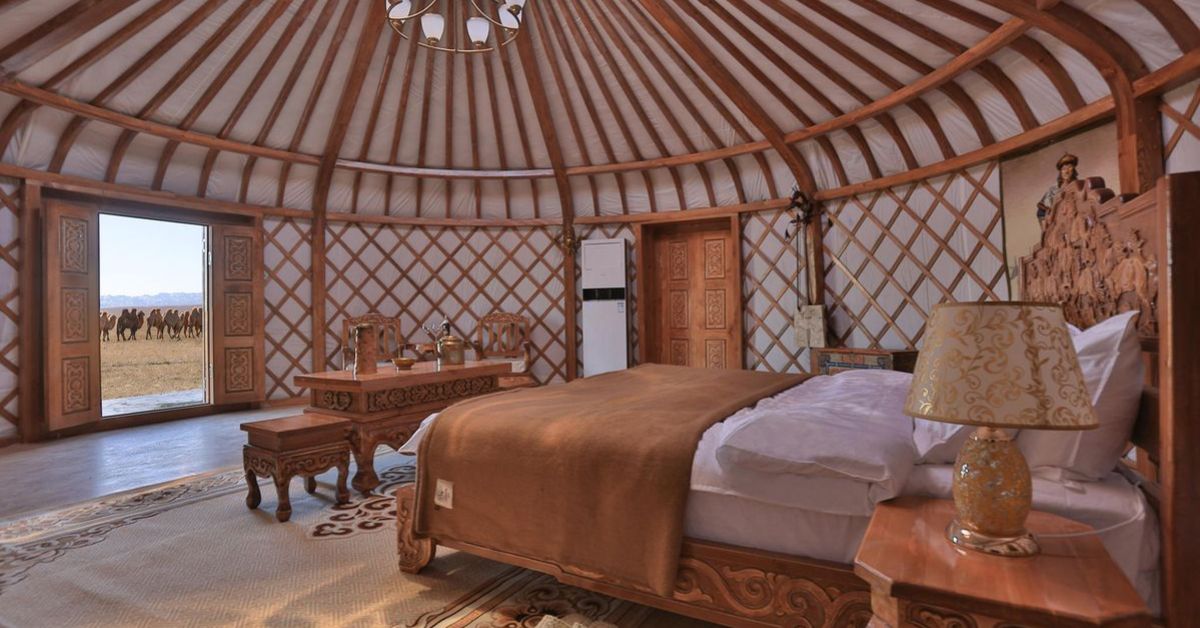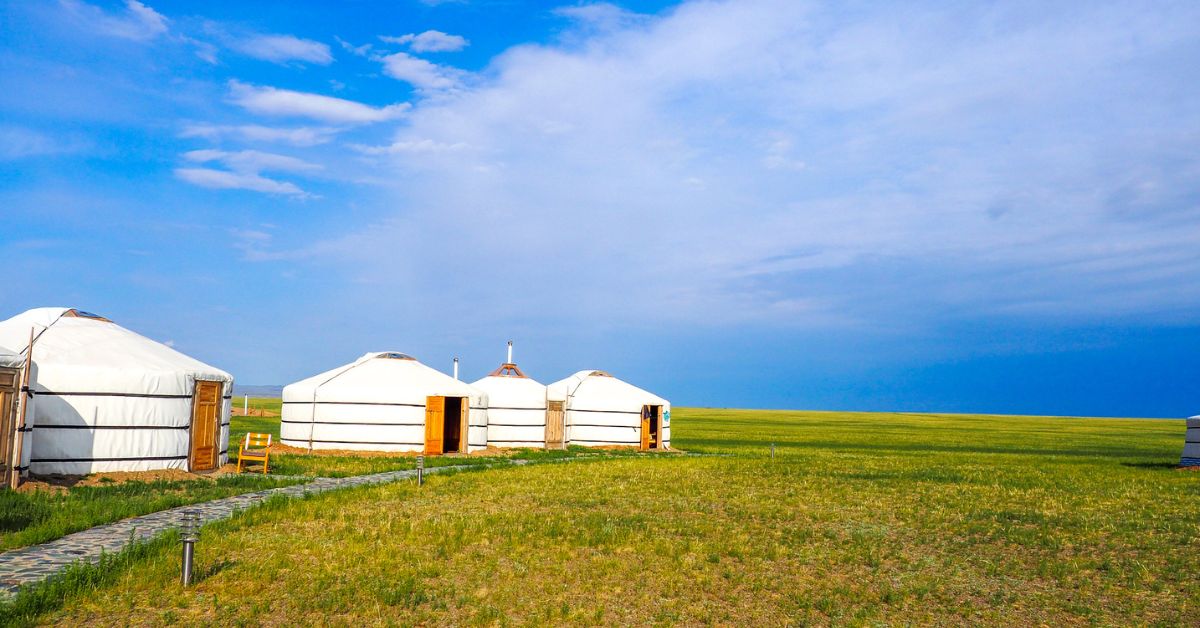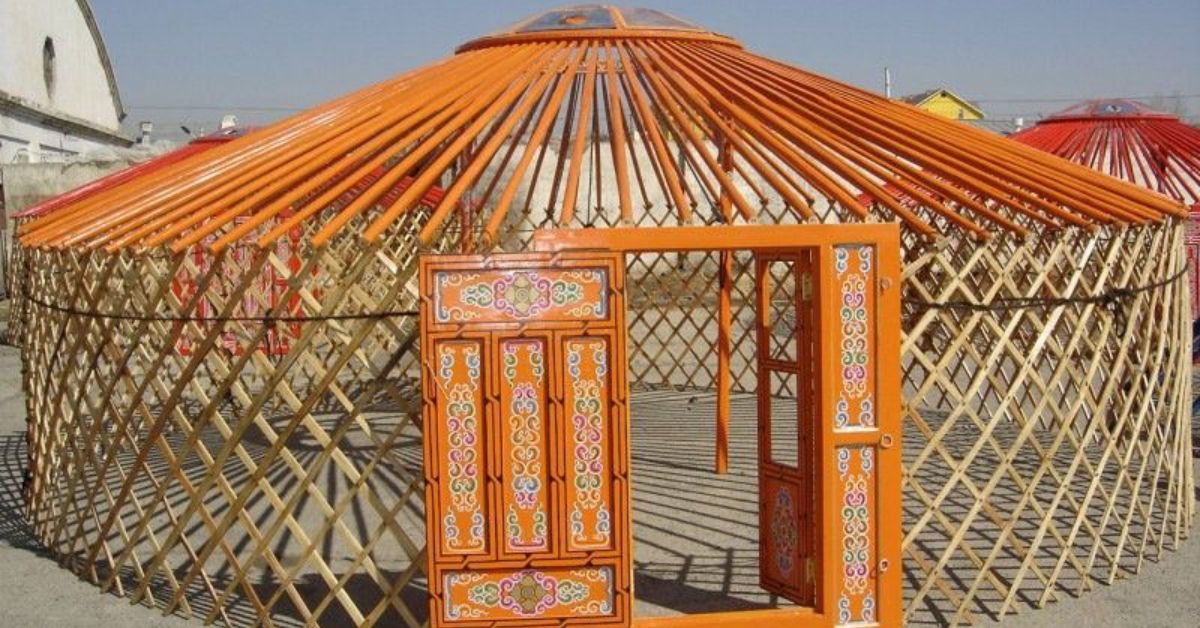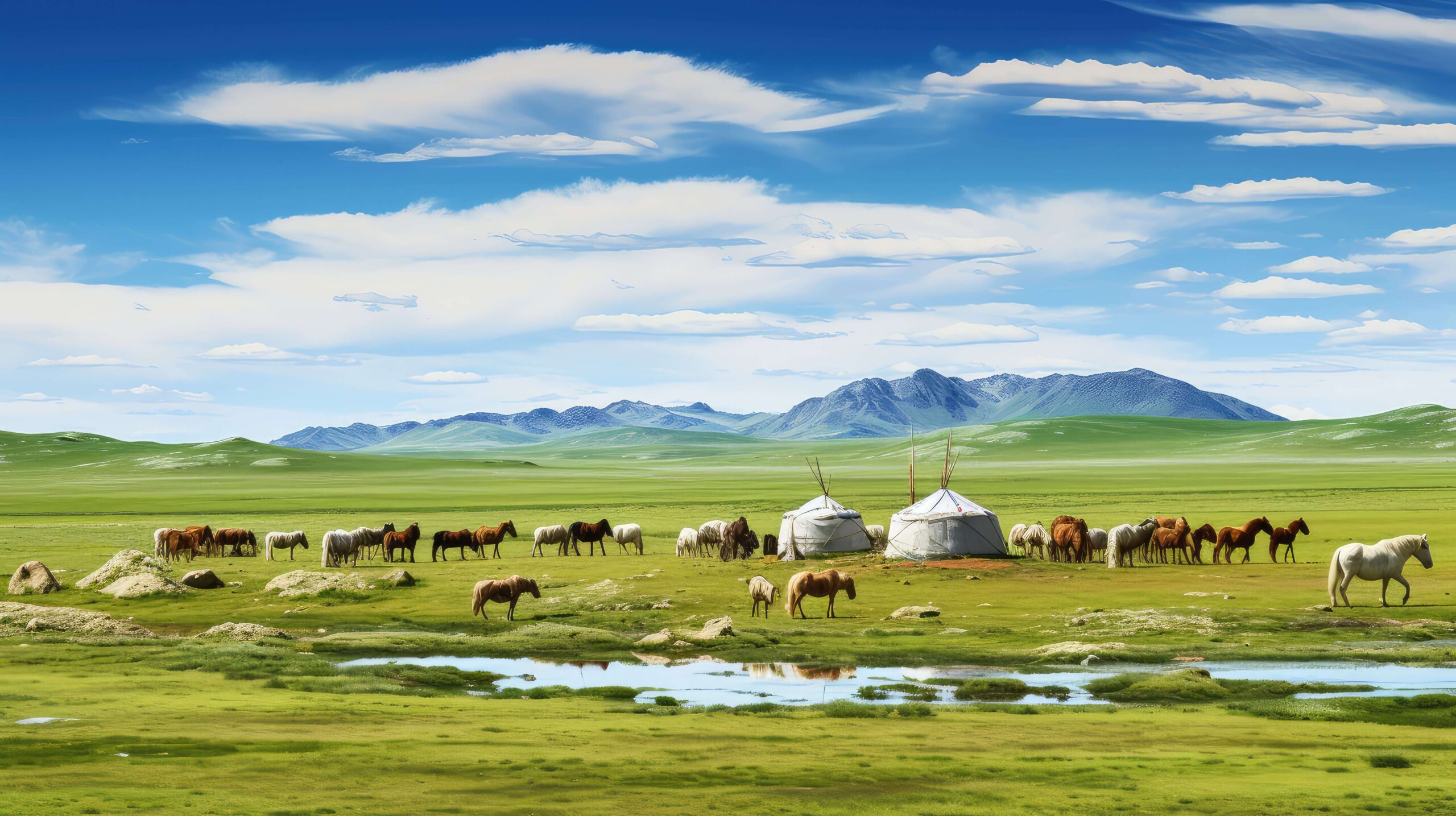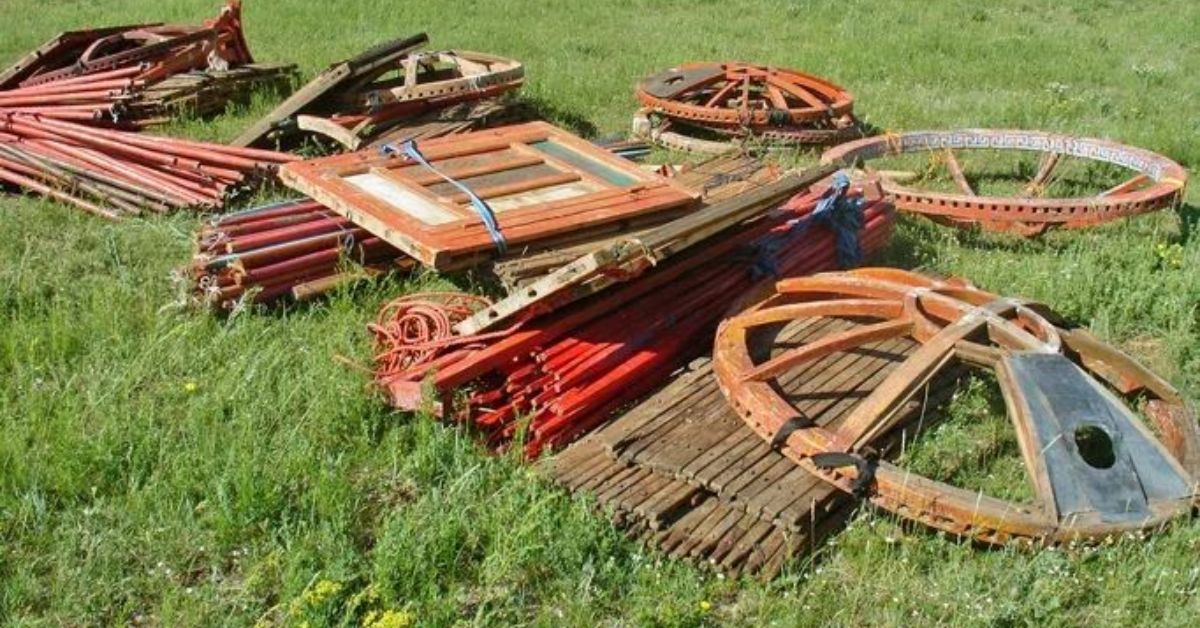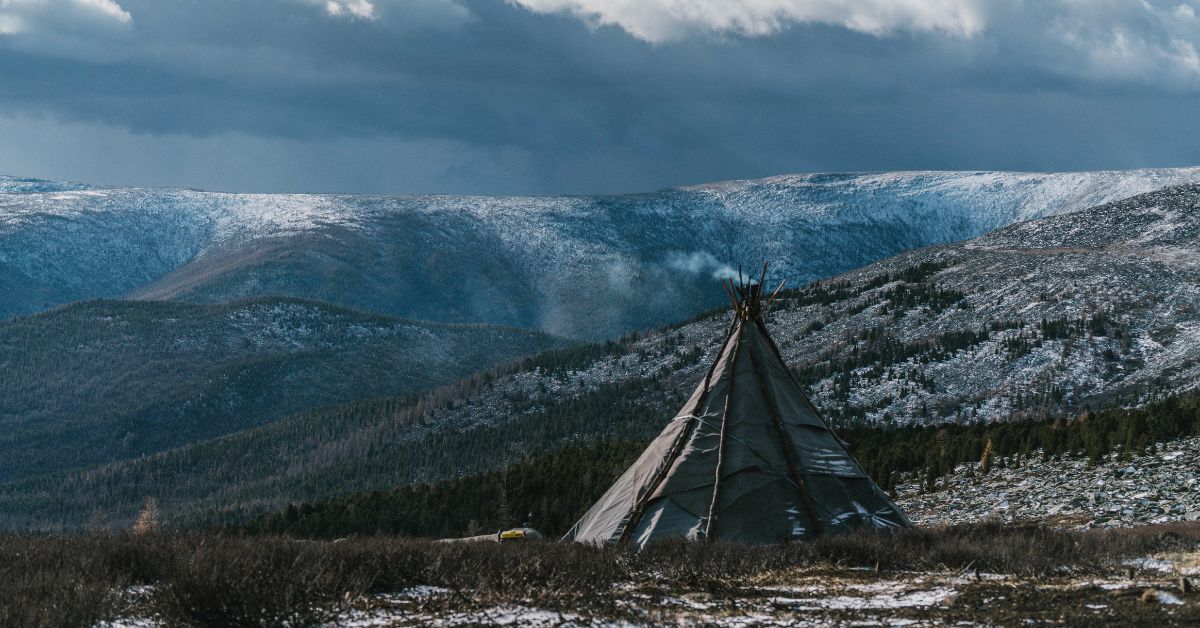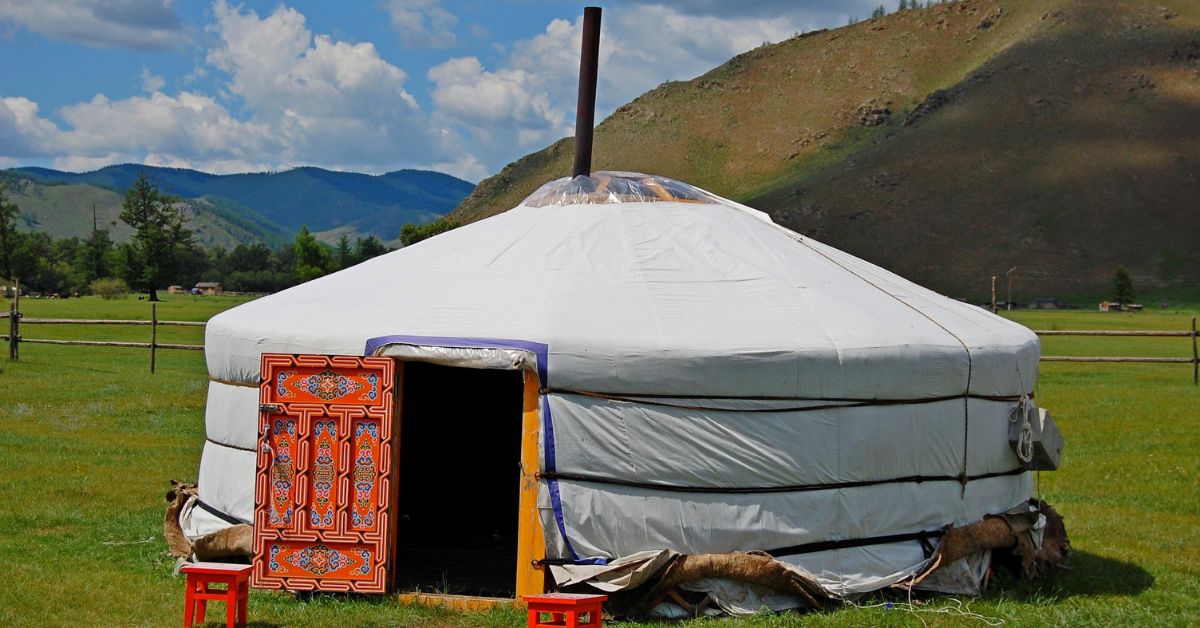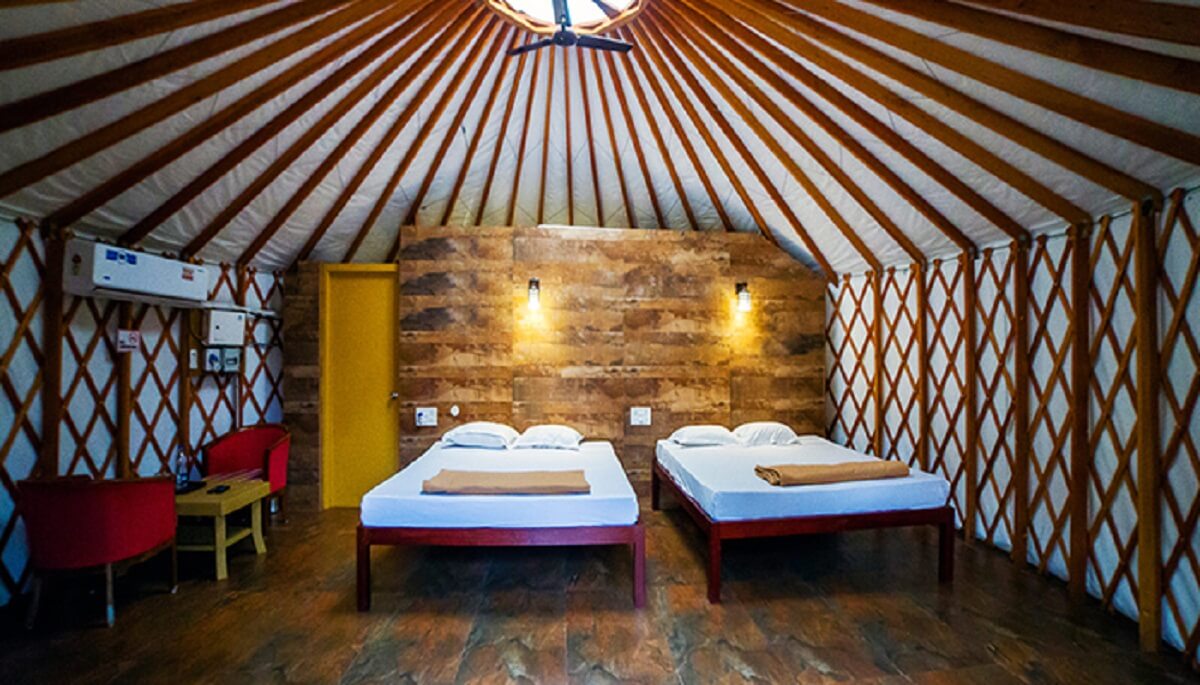A Deep Dive Into Mongolian Ger Interior and Lifestyle
What Is Inside In A Yurt: A Mongolian Ger, also known as a yurt, is far more than just a shelter—it is a reflection of Mongolia’s nomadic culture, traditions, and way of life.
Closely associated with the country itself, the Ger is designed to withstand Mongolia’s extreme climate conditions and remains one of the most efficient and durable portable homes in history.
But what is inside in a yurt?
This guide provides an in-depth look at the interior of a Mongolian Ger, its layout, essential household items present, sacred spaces, and cultural significance.
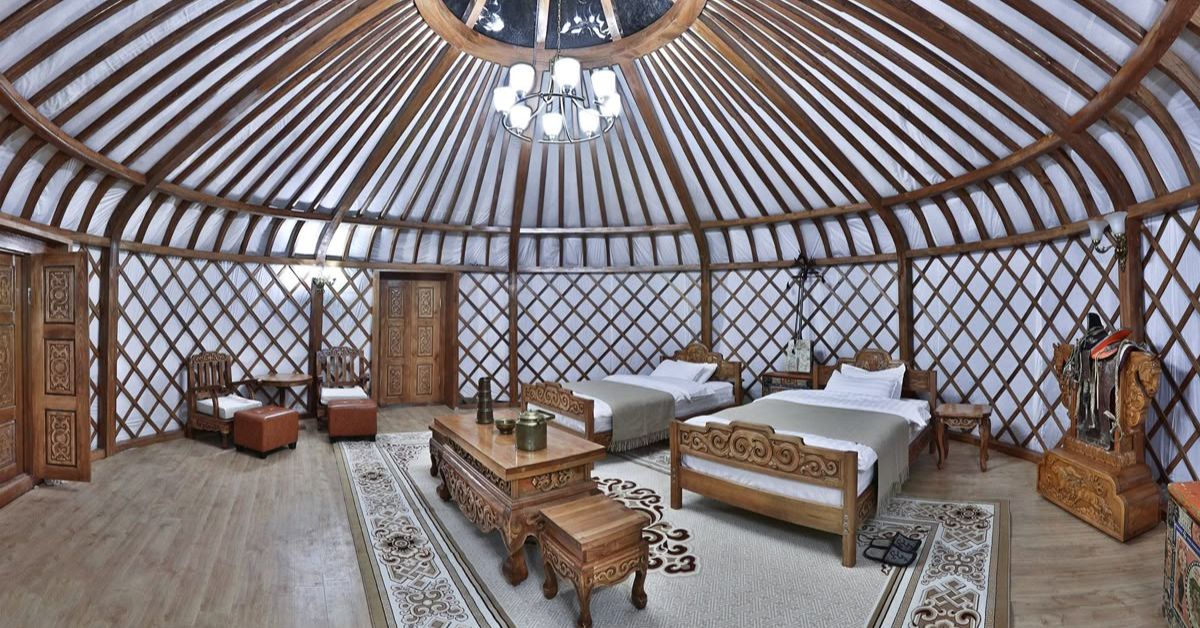
Traditional Yurt Structure
What is inside in a yurt: Understanding the Framework of a Mongolian Yurt
A traditional Mongolian yurt, also known as a ger, is a marvel of nomadic architecture, designed to be both portable and durable.
The yurt’s circular design is not only aesthetically pleasing but also highly functional, allowing it to withstand the harsh climate of Central Asia.
The framework of a yurt is composed of a lattice of flexible poles, known as khana, which form the walls, and a series of rafters that support the roof.
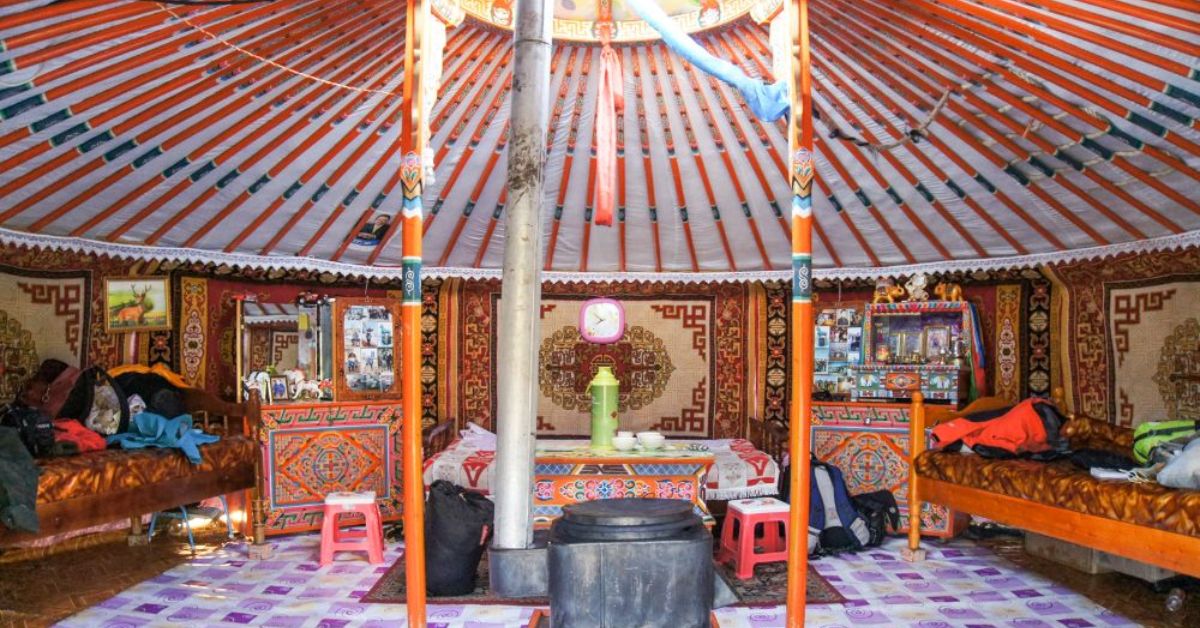
This structure is then covered with layers of felt and fabric, providing insulation and protection from the elements.
The center column, or bagana, is a crucial component, providing additional support and stability to the entire structure.
Together, these elements create a sturdy and comfortable home that has been used by Mongolian nomads for centuries.
What is inside in a yurt: What does a Mongolian yurt look like inside?
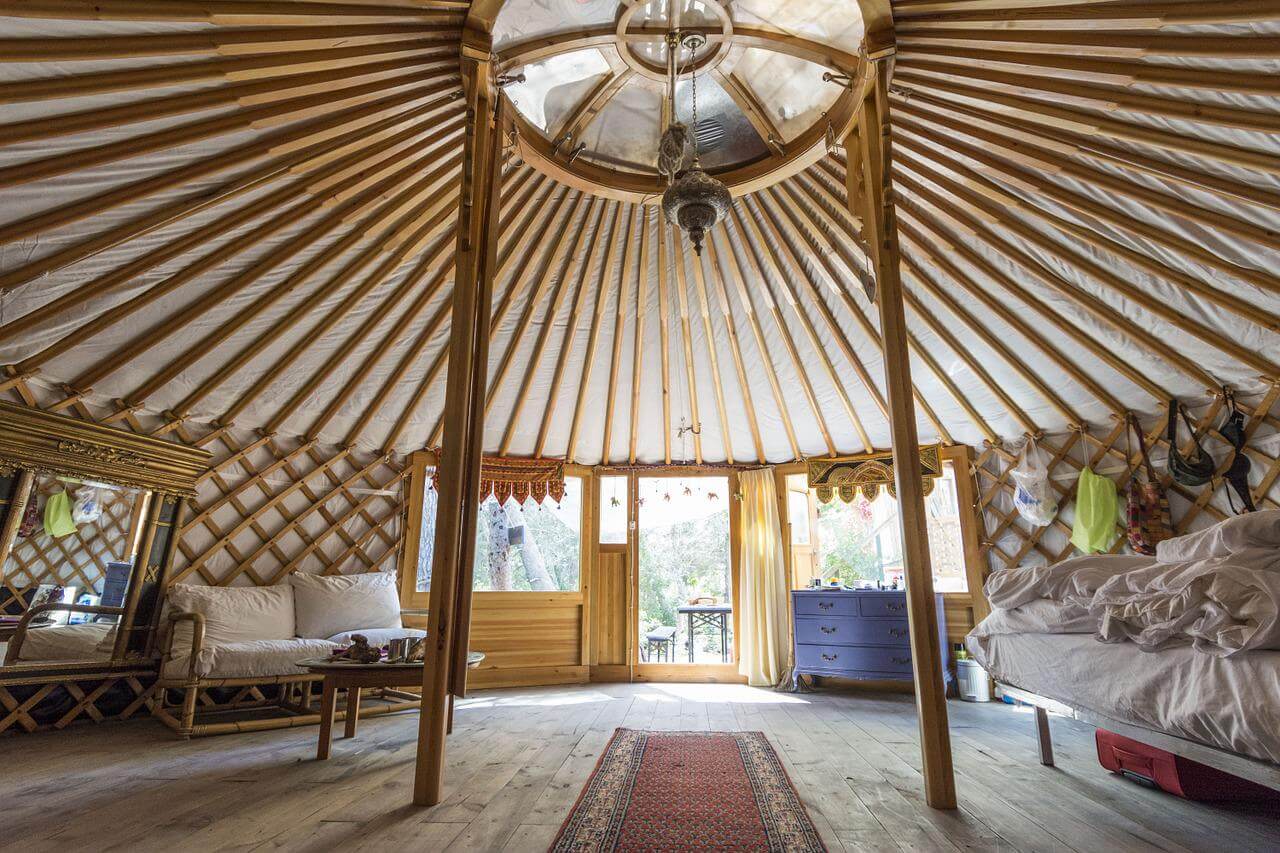
What Is Inside In A Yurt: The inside of a Mongolian yurt is designed with the idea of both practicality and tradition in mind.
The interior design emphasizes the importance of layout and aesthetics, ensuring that the furniture arrangement follows a strict cultural structure, with designated spaces for sacred objects, sleeping, and dining.
Common Features of a Mongolian Yurts Interior
- A central stove fireplace (Tulga) for heating and cooking.
- Low wooden beds positioned along the circular walls.
- A small table and stools for dining.
- Storage chests (Avdar) for clothes and valuable items.
- Religious and cultural artifacts placed in the sacred northern section.
- Colorful rugs and decorative hangings adorning the walls.
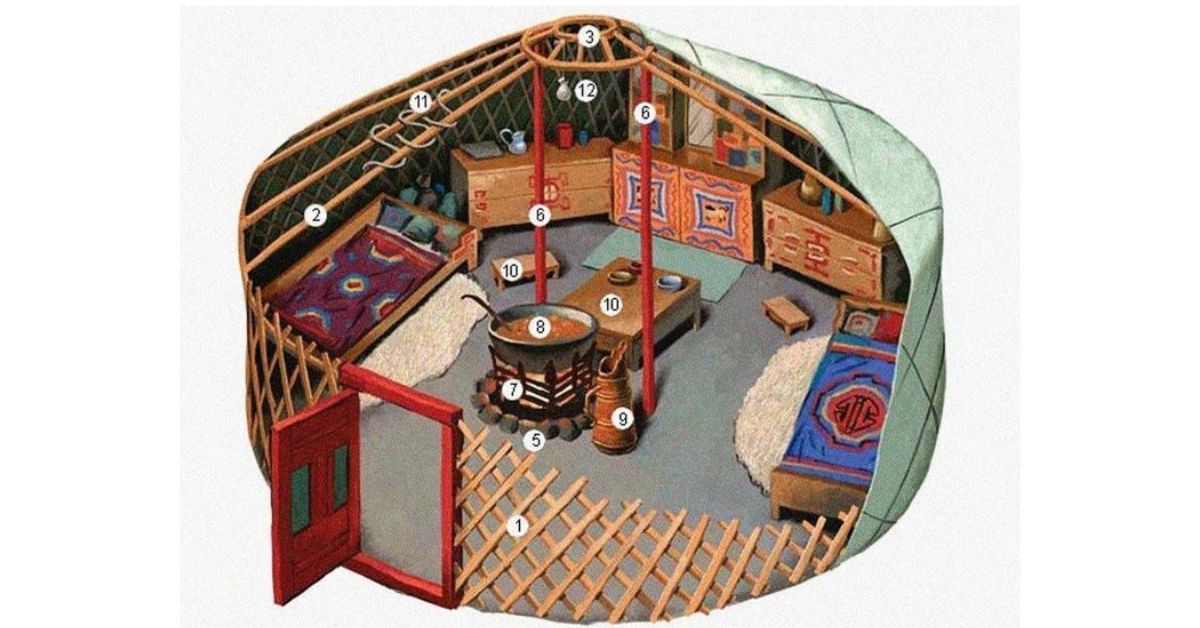
Some modern yurts have wooden flooring, additional insulation, and even modern appliances, blending nomadic traditions with contemporary innovations.
The interior is designed to maximize the large area for functionality and the space for comfort, with elements like large windows and doors and strategic furniture arrangements enhancing the spacious feel.
Yurt Components of traditional or modern yurts
The Lattice Walls: The Flexible Foundation
The lattice walls of a yurt, known as khana, are the foundation of its structure.
Made from wood or bamboo, these walls are designed to be both flexible and collapsible, allowing the yurt to be easily assembled and disassembled.
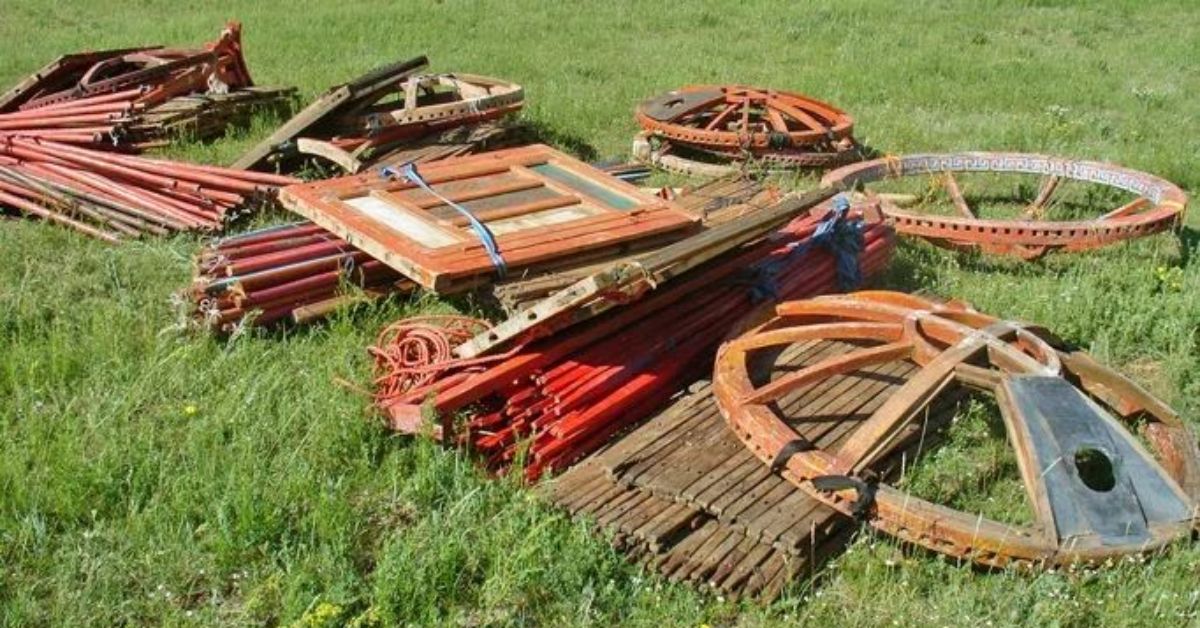
The khana are divided into sections and connected with ropes made from leather or animal hair, ensuring a secure and stable framework.
This flexibility is essential for the nomadic lifestyle, as it allows the yurt to be transported and set up in various locations.
The lattice walls not only provide structural support but also contribute to the yurt’s unique aesthetic, with their intricate patterns and designs.
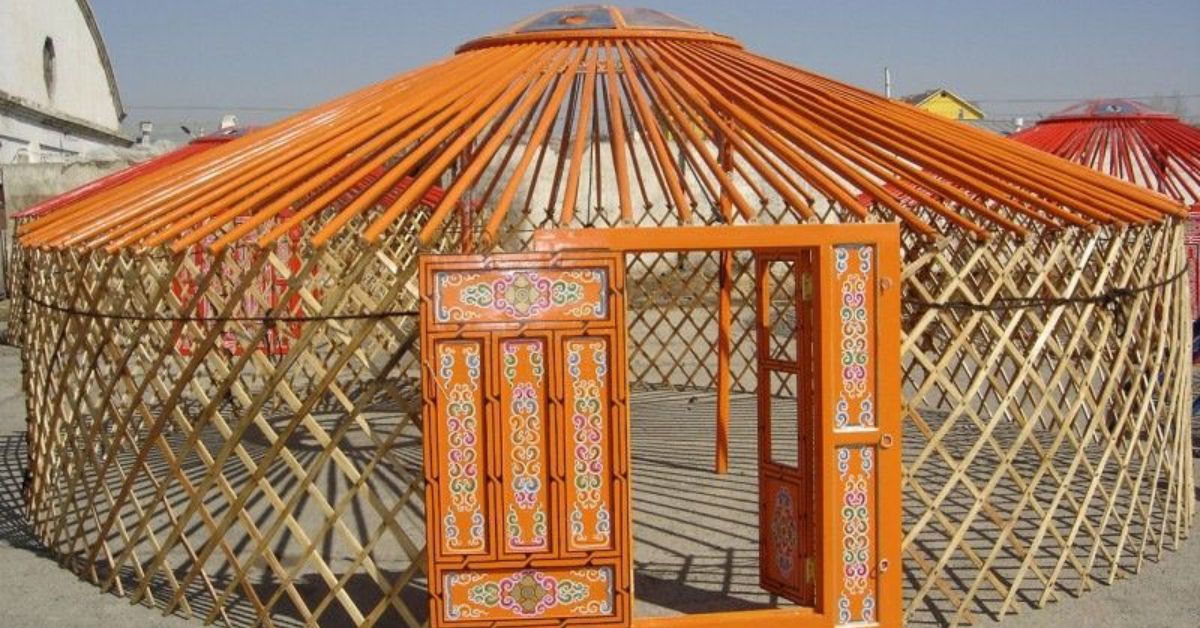
The Rafters and Ceiling: Supporting the Sky
The rafters of a yurt, known as uni, play a vital role in supporting the roof and maintaining the yurt’s shape. These wooden beams are attached to the center column and extend outward to the lattice walls, creating a slightly domed top.
This design allows the yurt to shed rain and snow, preventing water accumulation and ensuring durability. The ceiling is typically made of felt or other insulating fabric, providing warmth and protection from the elements.
The combination of the rafters and ceiling creates a cozy and weather-resistant interior, making the yurt a comfortable home in any season.
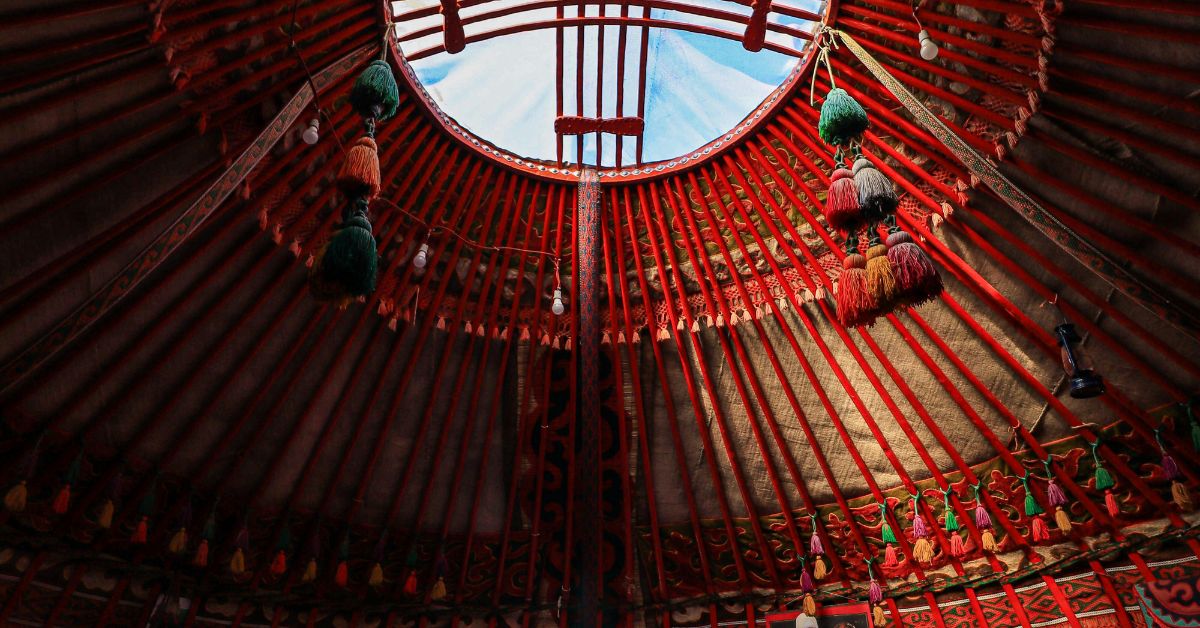
The Center Column: The Pillar of Strength
The center column, or bagana, is the pillar of strength in a traditional Mongolian yurt.
This sturdy wooden pole provides crucial support to the rafters, helping to distribute the weight of the roof evenly and ensuring the stability of the entire structure.
In addition to its practical function, the center column often features intricate carvings and patterns, adding to the yurt’s aesthetic appeal. T
he bagana is a symbol of strength and resilience, reflecting the enduring spirit of the Mongolian nomadic lifestyle.
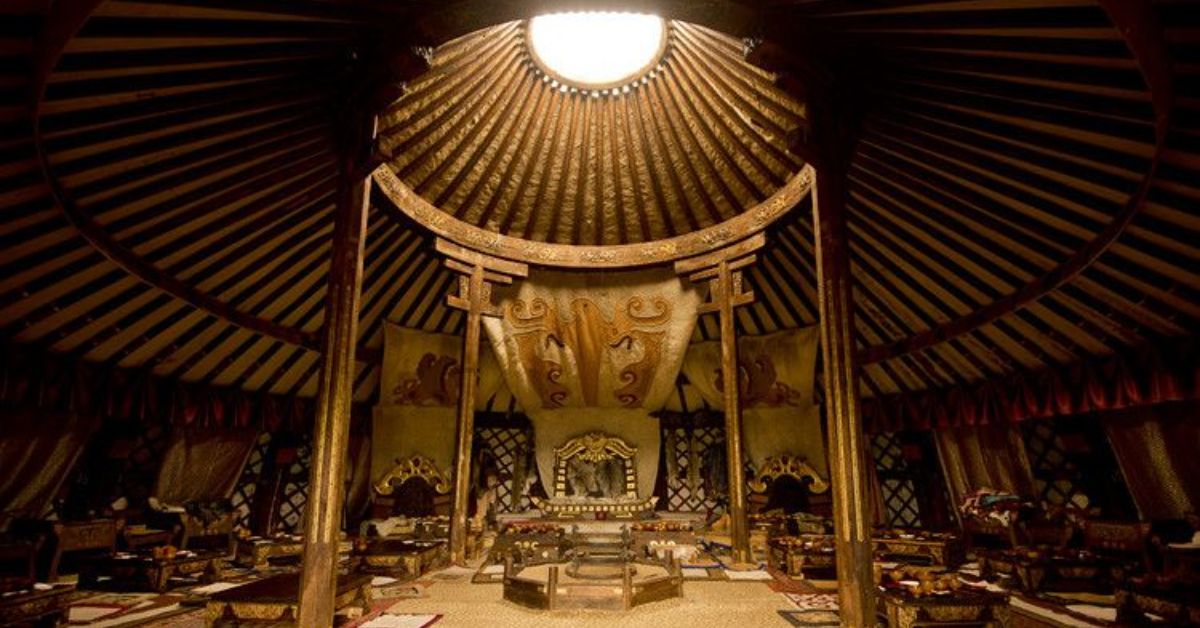
Its presence in the center of the earth, the yurt serves as a reminder of the importance of balance and harmony in both the home and the natural world.
In summary, the traditional yurt tent structure is a remarkable example of nomadic architecture, designed to be portable, durable, and functional.
The lattice walls, rafters, and center column work together to provide a comfortable and sturdy home, perfect for the harsh, cold climate of Central Asia.
Mongolian Yurts For Sale
Buy Mongolian Yurts without extra cost
The Most Valuable 10 Things Inside a Mongolian Ger
1. The Fire Stove (Tulga): The Heart of the Home
At the center of every Mongolian Ger is the stove fireplace (Tulga), which is considered the dwelling the most sacred and essential feature.
Fire represents family unity, warmth, and spiritual protection.
How Are Mongolian Yurts Heated?
- The stove is fueled by wood, dried dung (argal), or coal.
- A chimney vent allows smoke to escape while keeping the heat inside.
- In the winter, layers of felt insulation help retain warmth, even in temperatures dropping to -40°C.
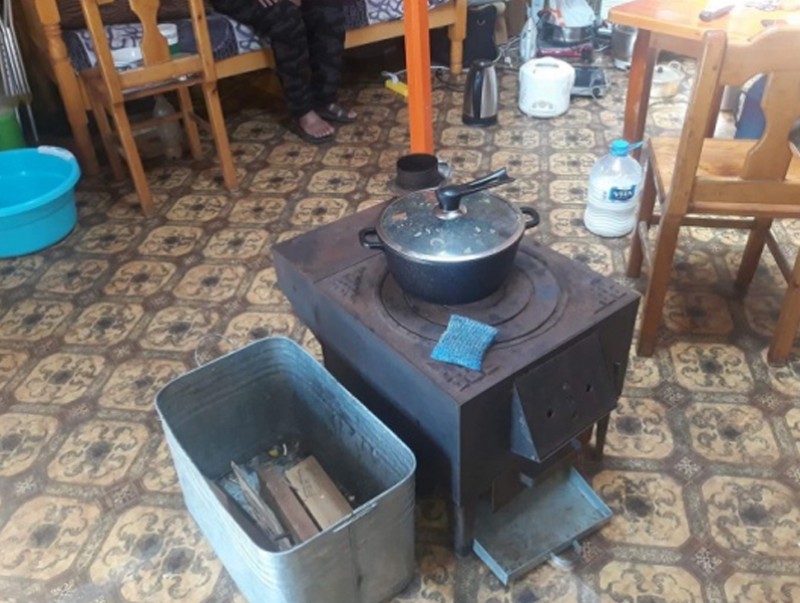
Cooking in a Mongolian Yurt
- The stove is used for preparing Buuz (steamed dumplings), Suutei Tsai (milk tea), and Bantan (flour soup).
- Large metal pots and kettles are placed on the stove for cooking.
Fire-Related Customs in Mongolia
- Fire is believed to ward off evil spirits and bring good fortune.
- It is forbidden to throw trash into the fire, as this is considered disrespectful.
- Stepping over the hearth is avoided.
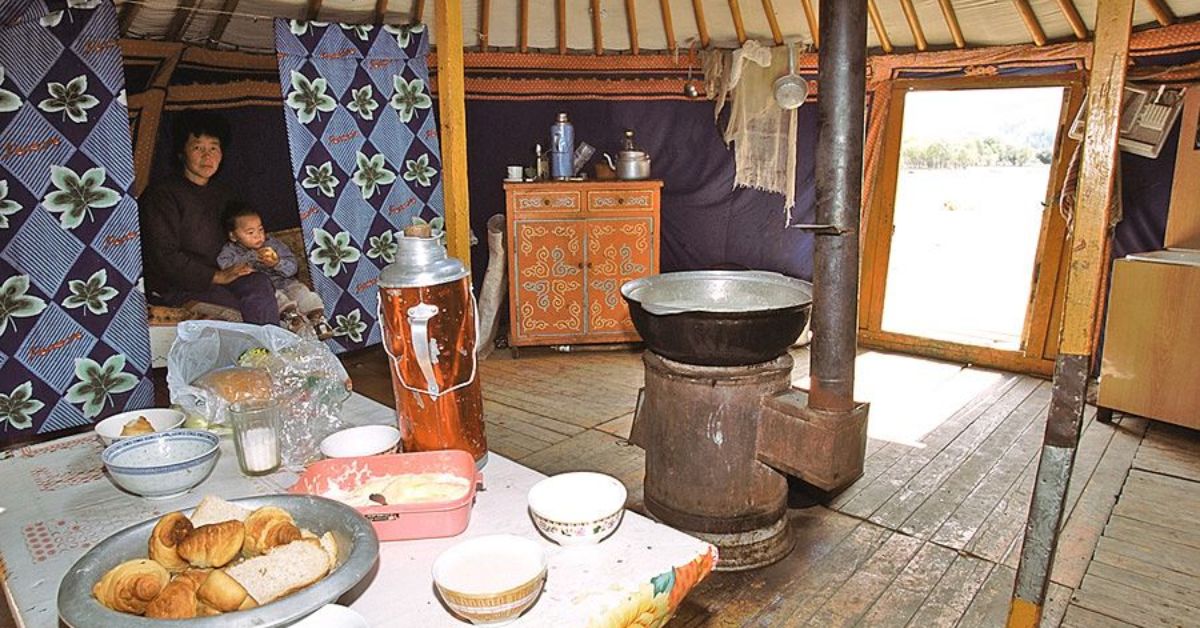
2. The Khoimor: The Sacred Northern Side of the Ger
The northern section of the Ger, known as called the Khoimor, is the most sacred and respected area of the home. This is where spiritual and valuable possessions are kept.
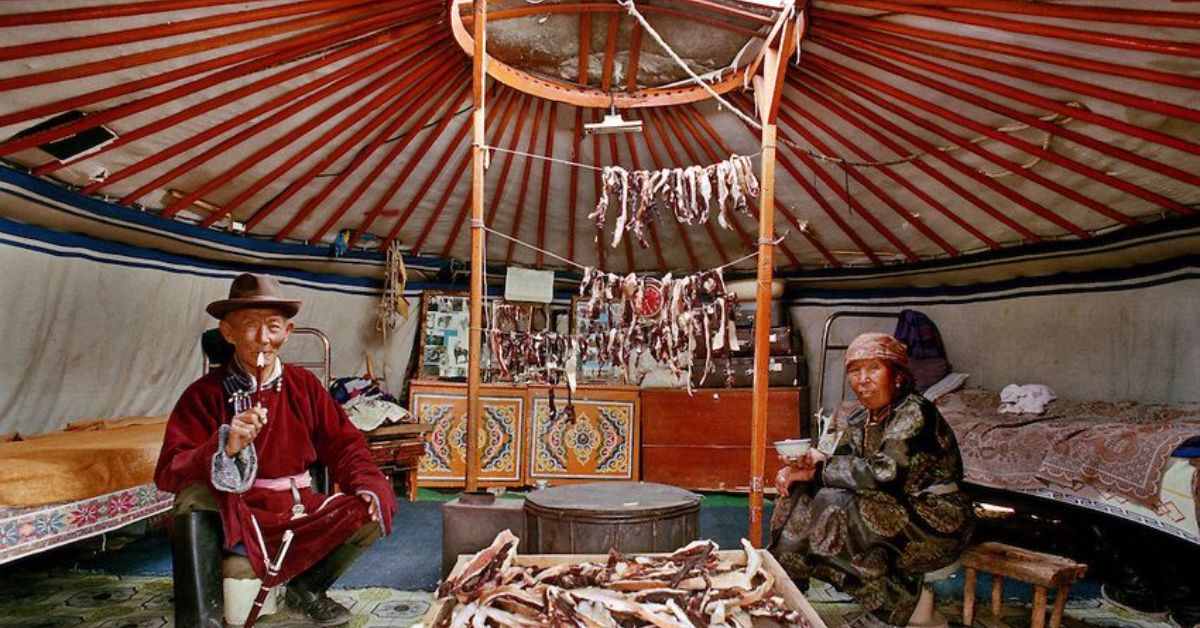
What Is Inside In A Yurt: What is in the Khoimor?
- Buddhist altars with sacred objects such as prayer bowls and religious statues.
- Family heirlooms and ceremonial items.
- Storage chests (Avdar) containing valuables and cultural artifacts.
This area is a site where many Mongolian families conduct daily Buddhist prayers, offer gifts, and hold important ceremonies.
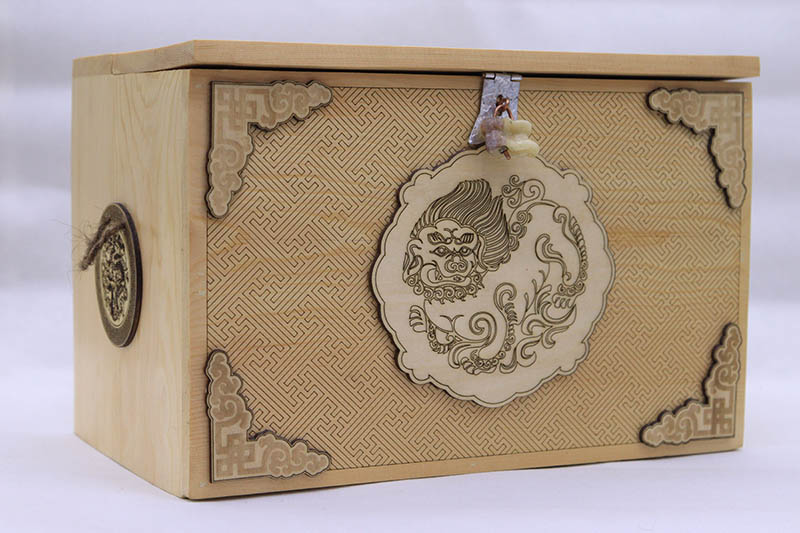
3. The Western Side: The Host’s Area
The right side of the Ger is designated for the male head of the household. This area contains:
- Saddles and bridles symbolizing the importance of horses in Mongolian culture.
- Hunting gear, leather pouches, and traditional tools.
- Snuff bottles, knives, and other personal belongings.
This space often includes decorative hunting trophies, horse-riding equipment, tents, and traditional weapons.
4. The Eastern Side: The Hostess’s Area
The left side of the Ger is traditionally reserved for the woman of the household. Here, you will find:
- A kitchen counter with shelves for dishes and utensils.
- A chest drawer for sewing materials, accessories, and personal items.
- Storage for dairy products such as Airag (fermented mare’s milk) and Aaruul (dried curds).
Mongolian women play an important role in preparing food, preserving dairy, clothing and maintaining household organization.
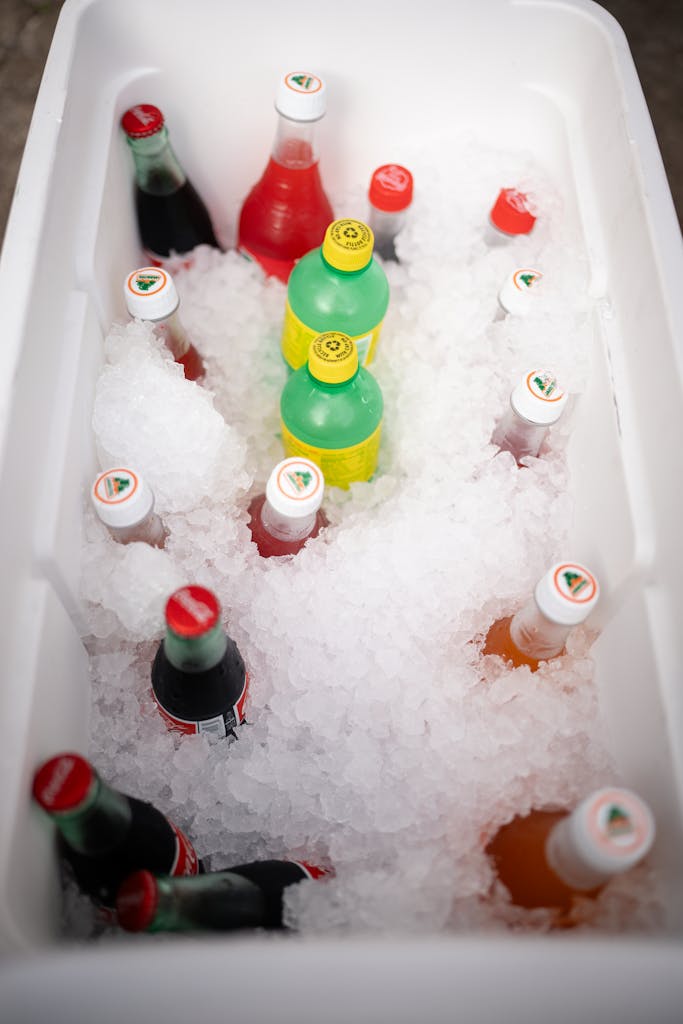
5. Storage Chests (Avdar): A Symbol of Wealth and Organization
The Avdar, or storage chest, is a beautifully decorated wooden box used to store valuables, clothes, and household items.
- Traditional chests are painted bright orange or brown, with intricate Mongolian patterns.
- An empty Avdar is considered a sign of bad luck, as Mongolians believe storage chests should always contain something of value.
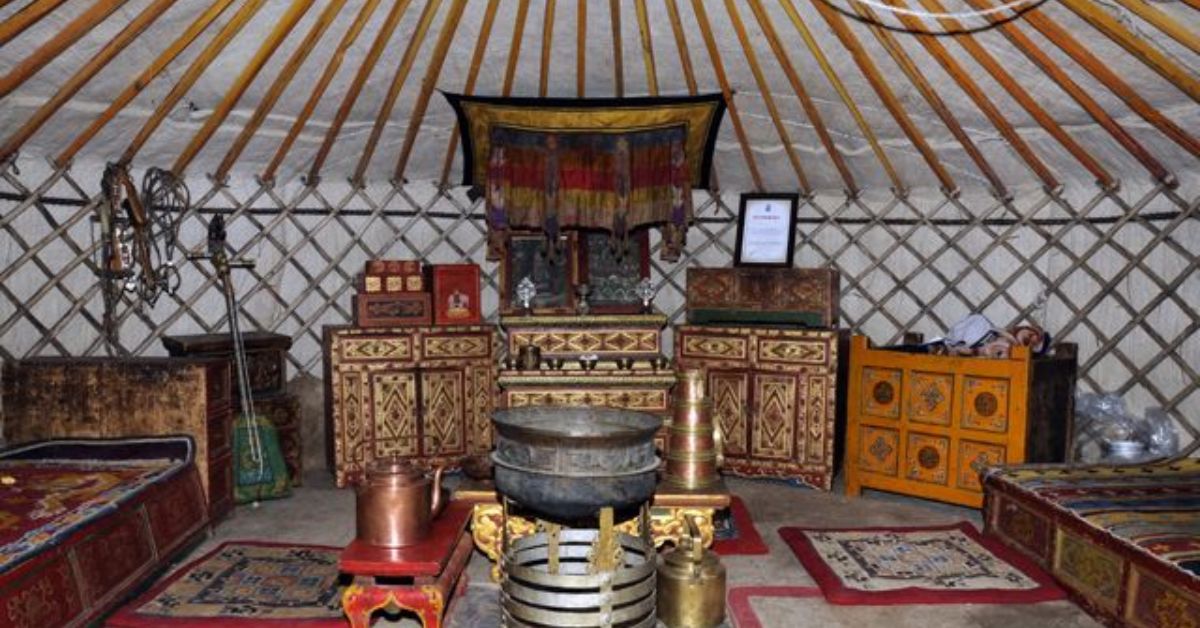
6. Beds: Traditional Sleeping Arrangements
Beds in a Mongolian yurt are simple yet functional shapes and materials, designed to maximize space.
- Beds are low wooden platforms covered with thick blankets or rugs.
- In some Gers, extra blankets are stored underneath the beds for winter use.
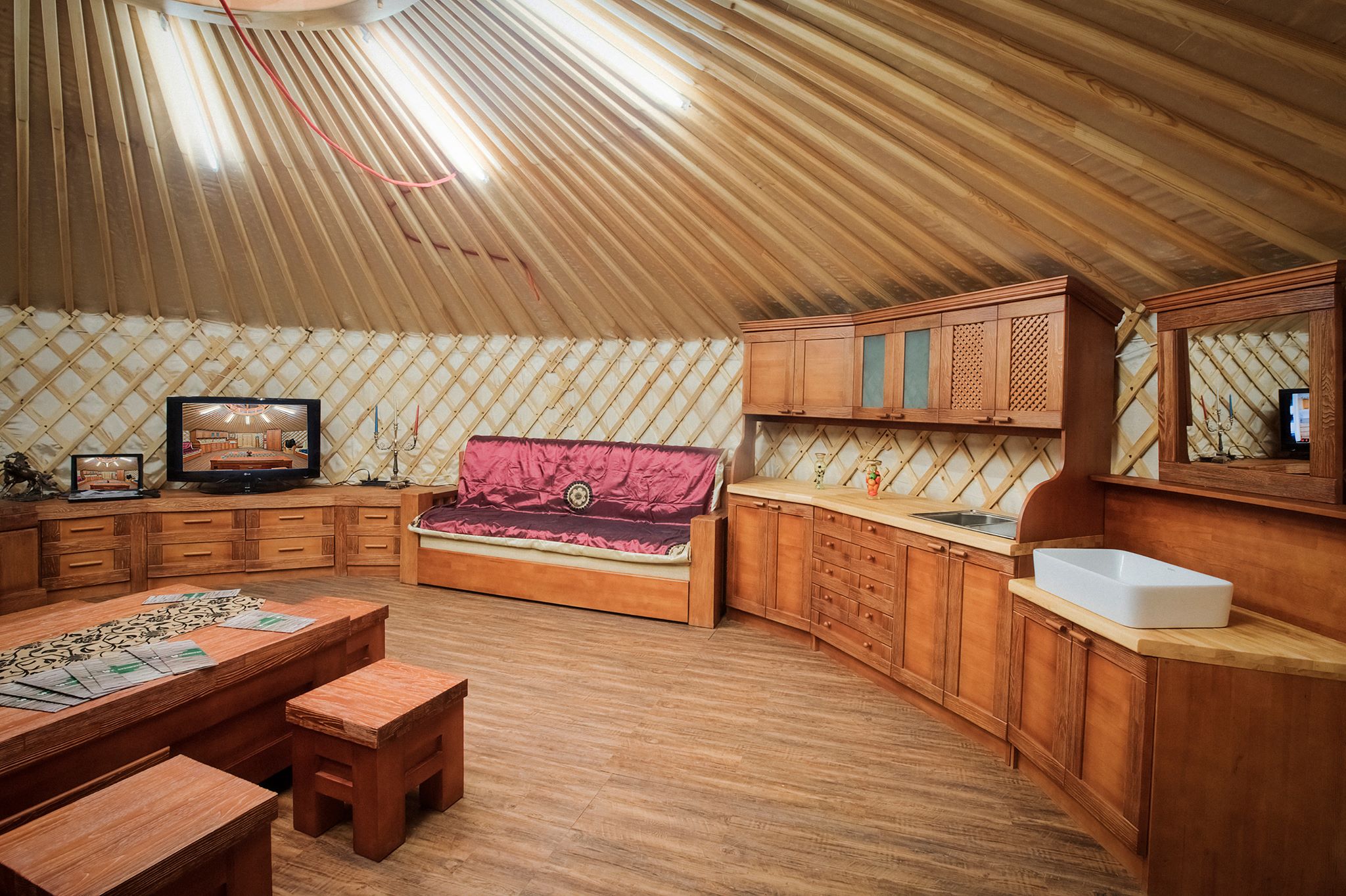
7. Table and Chairs: A Center for Hospitality
Mongolian culture places great importance on hospitality. A small wooden table and stools are positioned near the stove, where meals and conversations take place.
- Visitors are always welcomed with Suutei Tsai (milk tea).
- Sharing a meal is an important custom when welcoming guests.
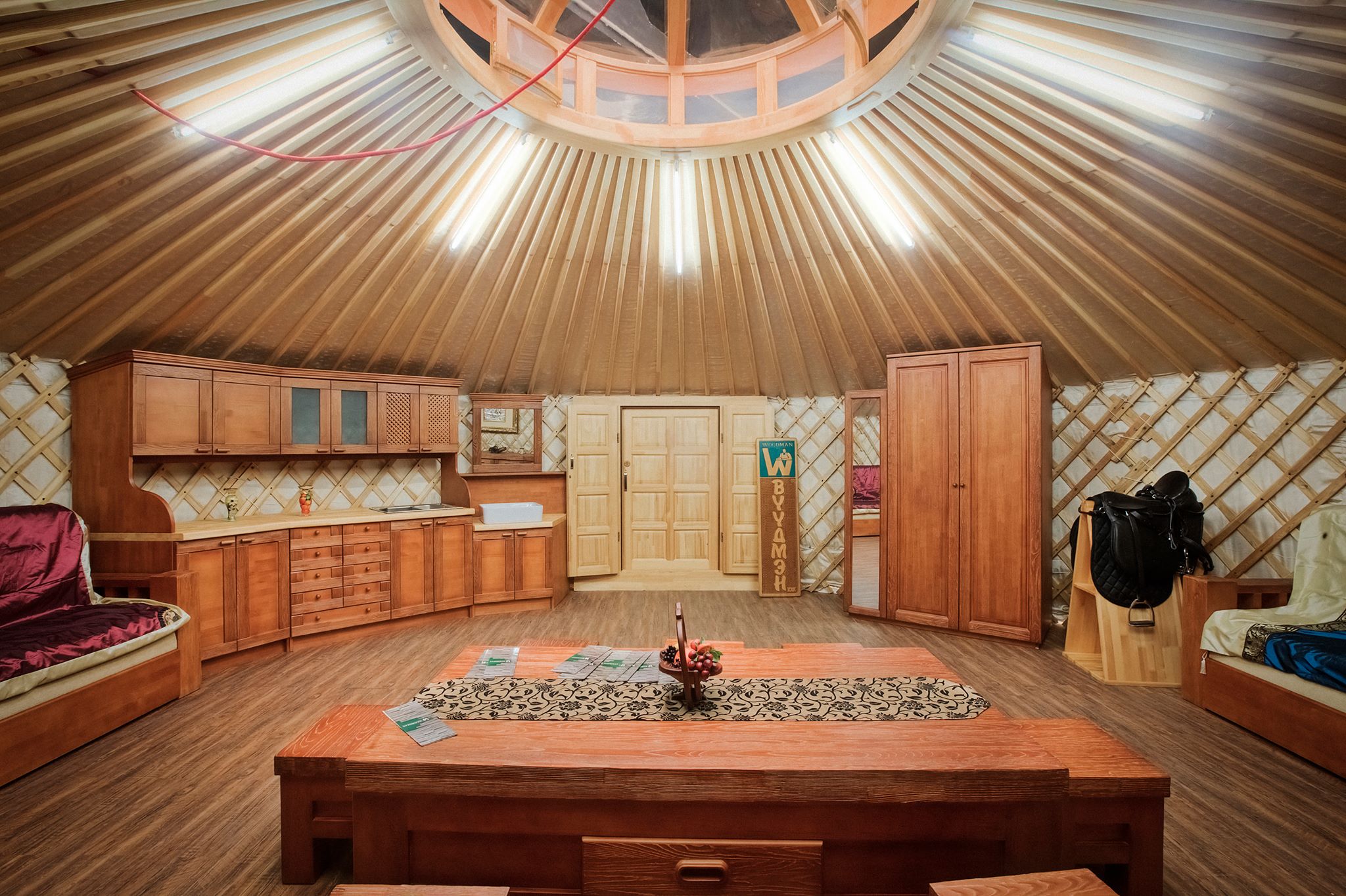
8. Decorative Rugs and Wall Hangings
The interior wall decoration of a Ger is often decorated with colorful rugs, embroidered wall hangings, and tapestries.
- Rugs are placed on the floor and walls to provide warmth and aesthetic appeal.
- Many decorations feature symbolic Mongolian motifs representing nature and prosperity.
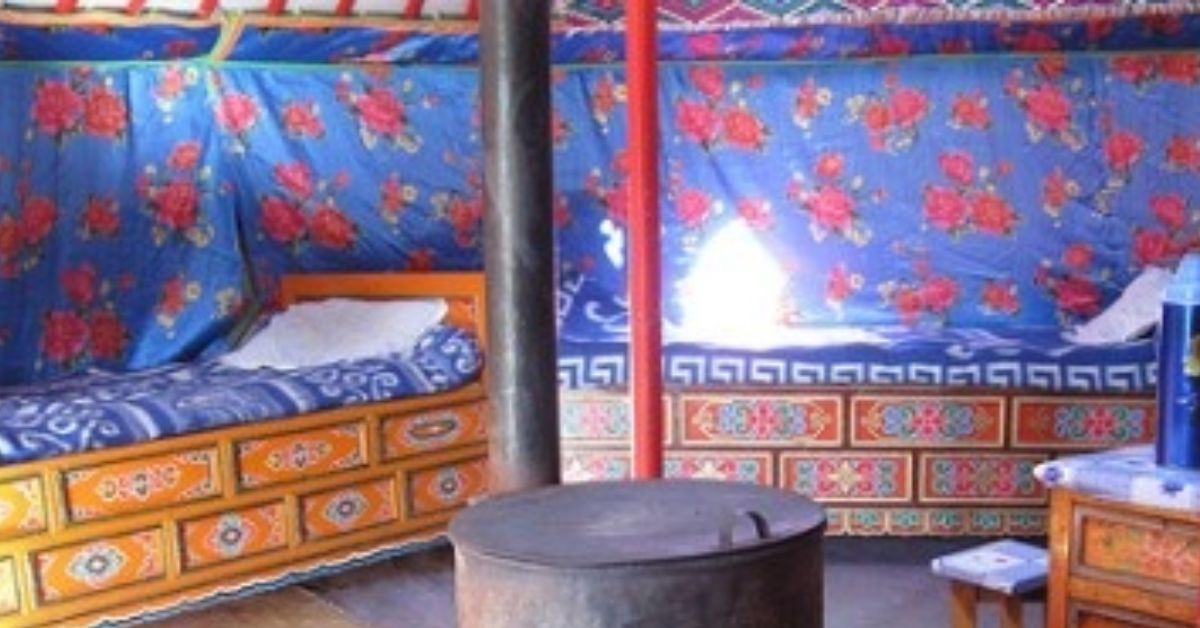
9. Morin Khuur: The Horsehead Fiddle
The Morin Khuur, or horsehead fiddle, is a sacred Mongolian instrument found in many Gers.
- It is a two-stringed instrument with a carved horsehead at the top.
- The instrument is deeply connected to Mongolian folklore, storytelling, and spiritual traditions.
- If you want to learn more about Morin khuur history check this link.
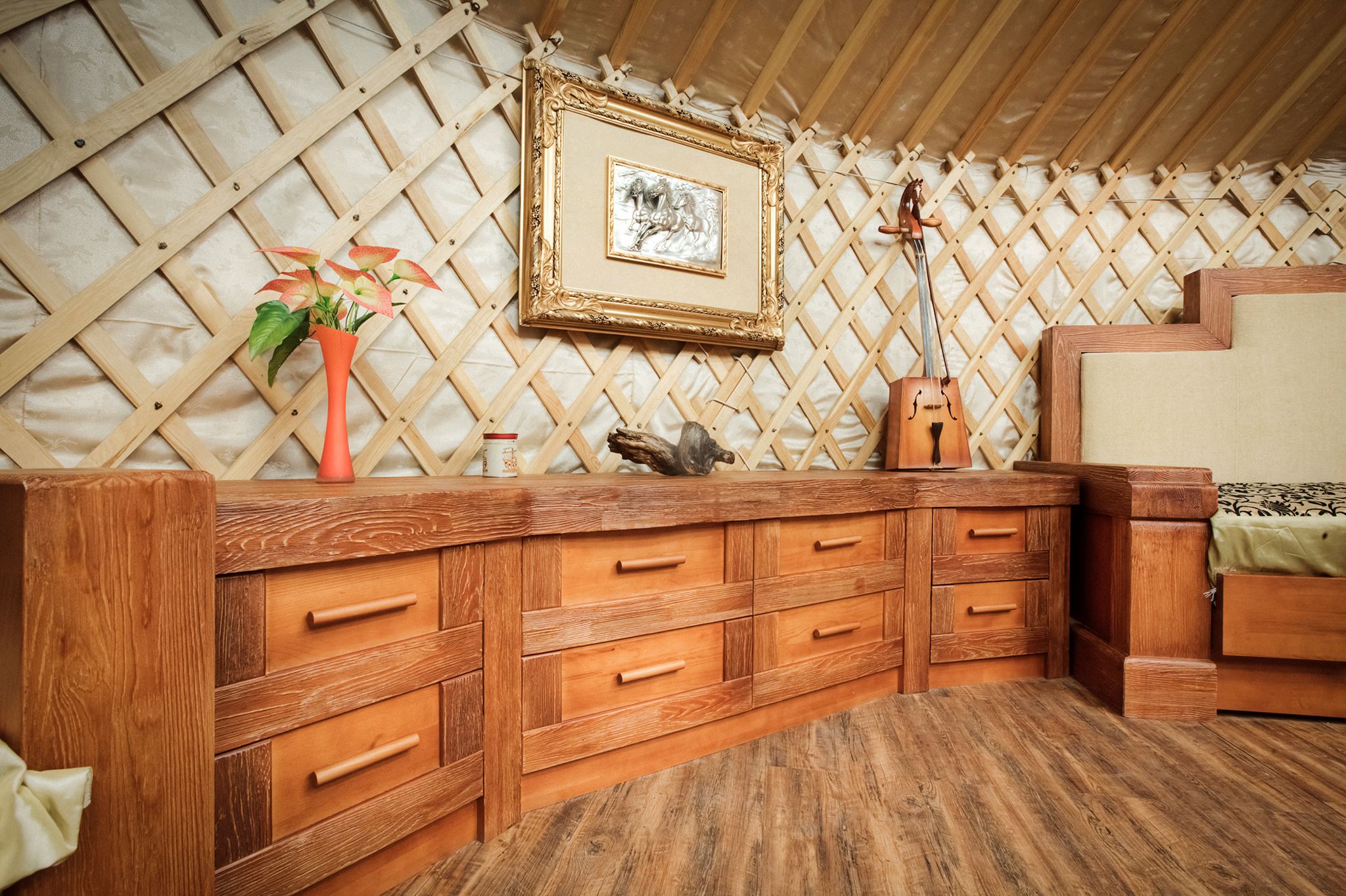
10. The Mongolian Saddle: A Symbol of Strength and Heritage
Every Mongolian Ger contains a traditional leather saddle, representing nomadic life and equestrian skills.
- The saddle is often placed on the western side of the Ger.
- It symbolizes freedom, strength, and mobility.
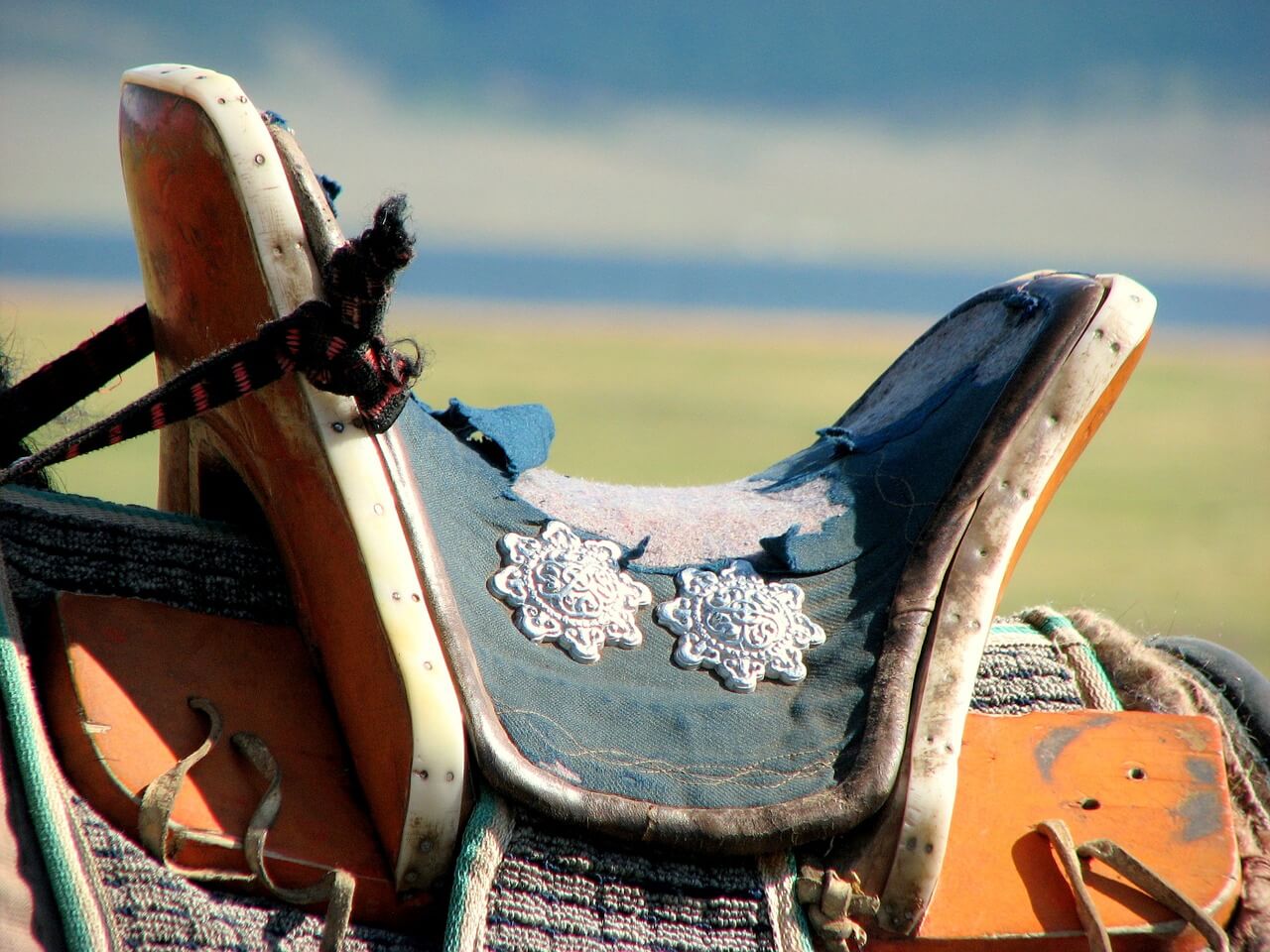
What is inside in a yurt: Where is the Bathroom in a Mongolian Ger?
Mongolian Gers do not commonly have built-in bathrooms. Instead, a separate outdoor toilet is commonly used.
Why is the Toilet Outside?
- It prevents odor buildup inside the Ger.
- It is easier to maintain in rural areas.
- Mongolians prefer an open-air sanitation system.
Take a look at the following video What is inside in a yurt.
How to Build a Mongolian yurts?

A Mongolian yurt consists of several key components:
- Crown Wheel (Toono): The opening at the top, allowing light and air circulation.
- Walls (Khana): A lattice structure forming the circular frame.
- Pillars (Bagana): Vertical supports holding up the roof.
- Rafters (Uni): Wooden beams that connect the walls to the crown.
- Door: Traditionally painted with bright symbolic designs.
- Felt Covering: Provides insulation and protection from the elements.
- Urkh (Outer Cover): A removable top cover used for weather protection.
In addition to tents next to traditional yurts, large yurts are also available. These larger versions often feature multiple distinct living spaces and sometimes a secondary loft area near the crown, making them ideal for group living or communal settings.
A Timeless Nomadic Home
The Mongolian Yurts are a living piece of history, embodying centuries of nomadic wisdom and adaptability.
Every item inside serves both a practical and cultural purpose, creating a harmonious balance of tradition and luxury with modern functionality.
Have you enjoyed the blog about What is inside in a yurt? Would you love to experience life inside a Mongolian yurt house? Discover the beauty of Mongolia’s nomadic heritage and step into a home that has stood the test of time.
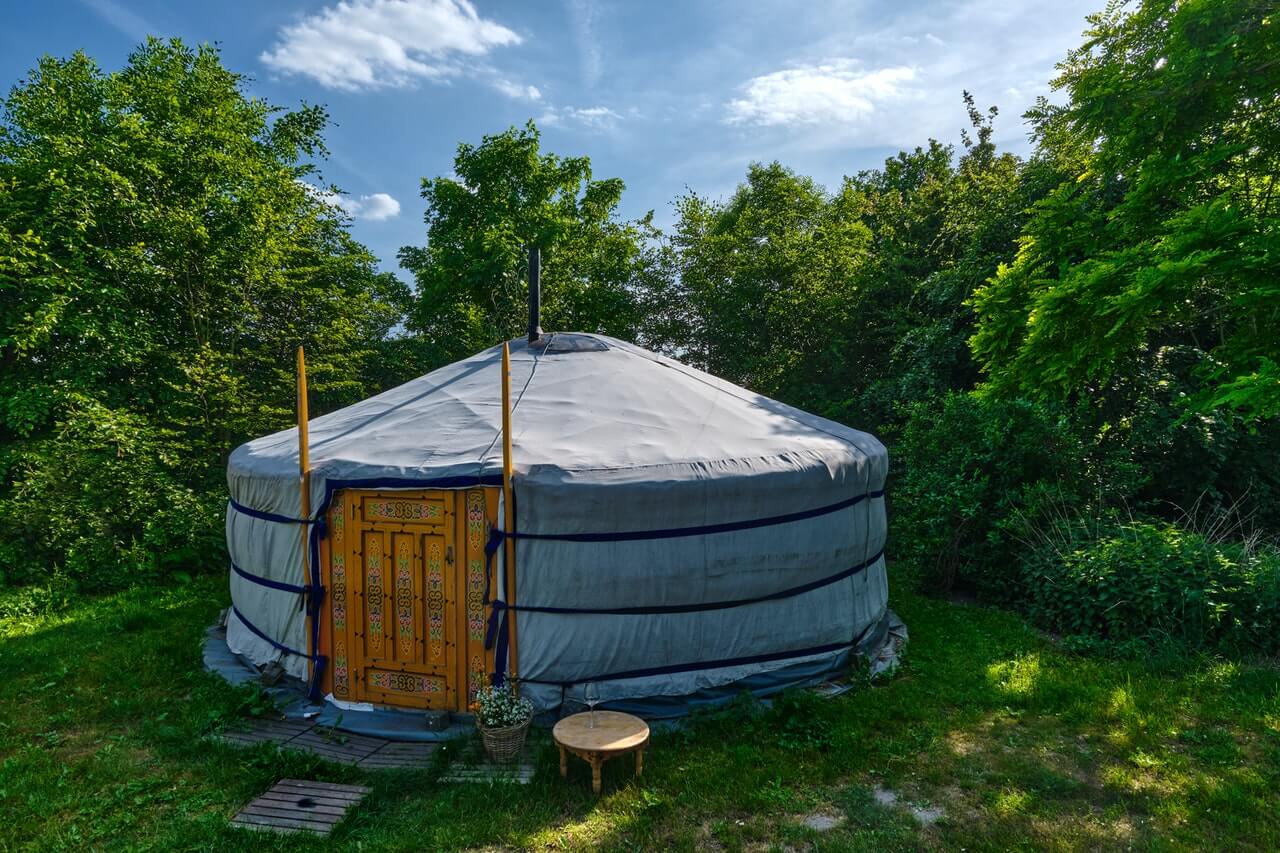
If you would like to explore more about Mongolia, check the following links:
- Mongolia Ger Camp: A Unique Stay in the Land of Nomads
- Best Sites for Camping in Mongolia
- The Ger in Mongolia: The Timeless Home of Mongolian Nomads
- Teepee Mongolia: The Mysterious and Traditional Dwellings of the Central Asian Steppes
- Mongols Yurt: A Symbol of Nomadic Ingenuity
Let us know in the comments below! or join our newsletter today
Related Content:
Authentic Mongolian Yurts for Sale
Share to Public
